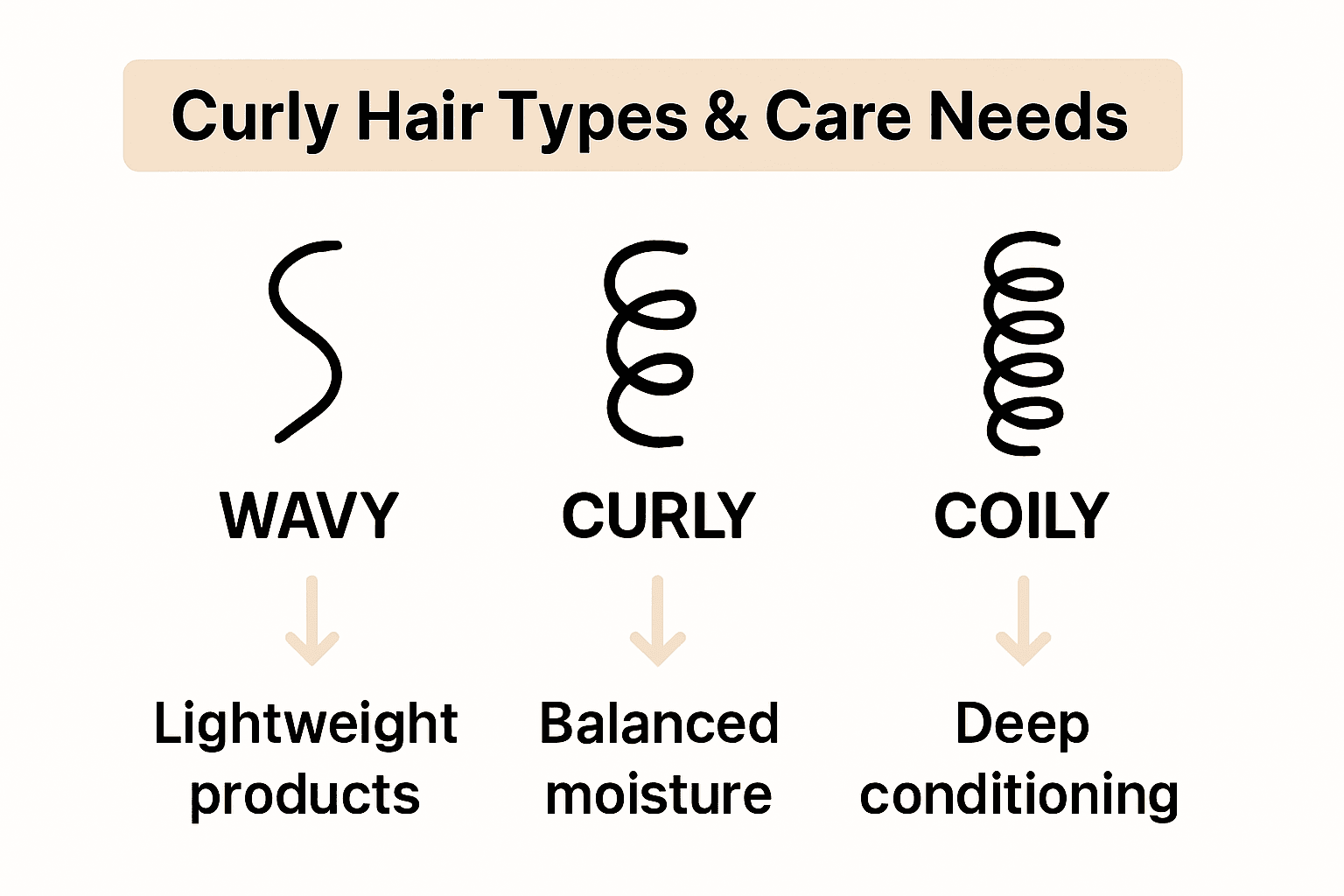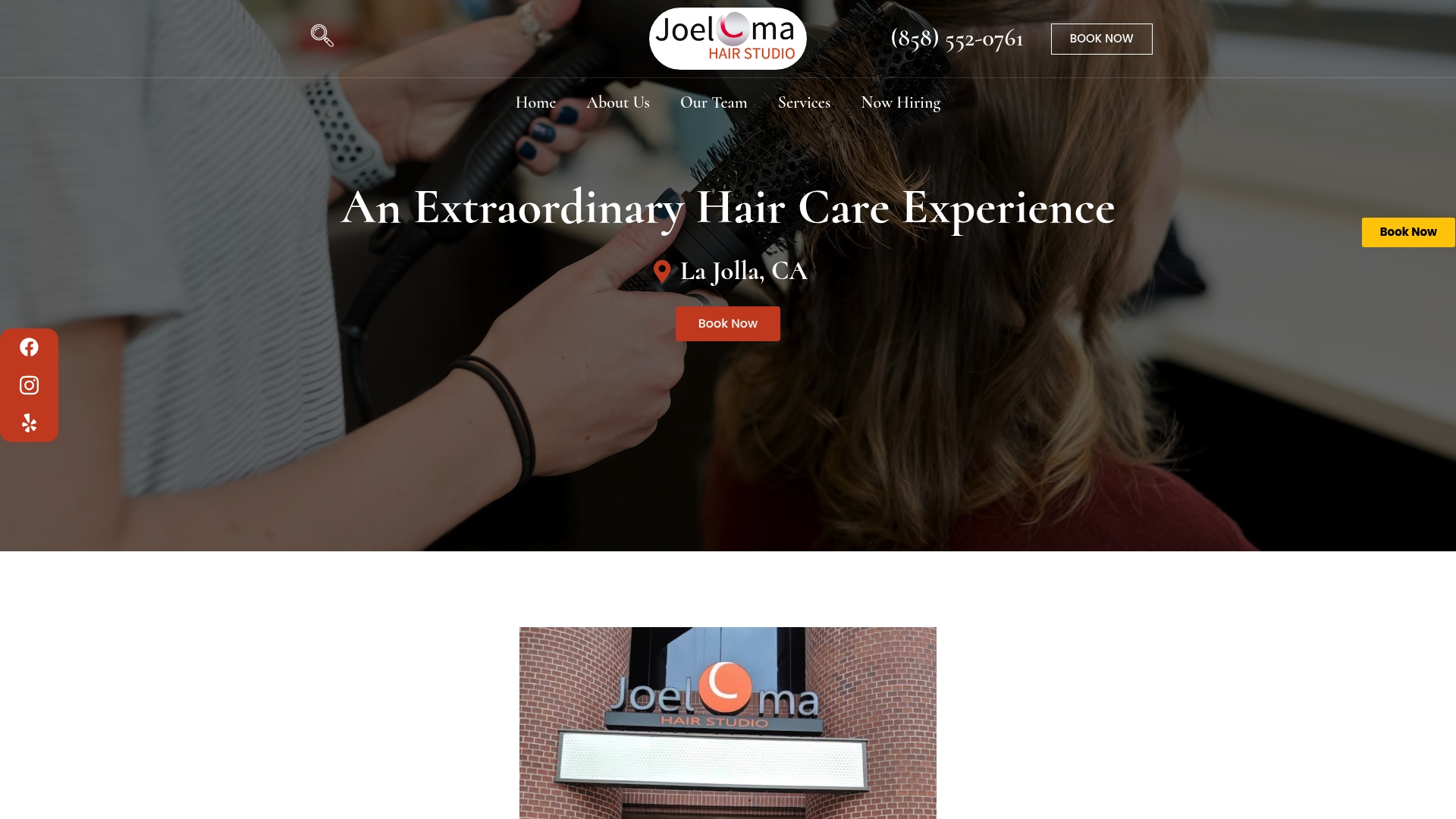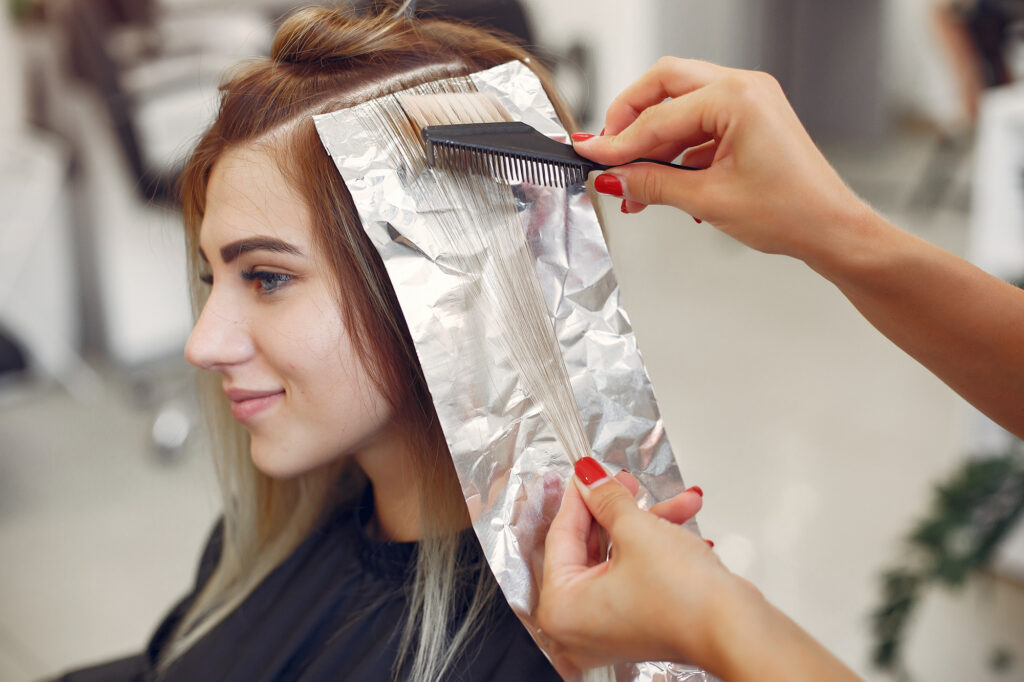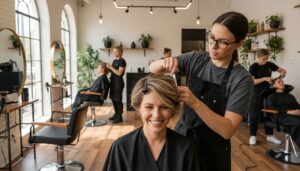Curly Hair Care Tips: The Definitive Expert Guide

More than sixty percent of people globally have wavy, curly, or coily hair textures. Yet, misconceptions about curly hair care still persist and often leave individuals frustrated or confused about what truly works. Understanding the science behind curls means challenging outdated myths and discovering why a tailored approach matters. This guide uncovers the real facts about curly hair structure, care routines, and the strategies that help each curl type thrive.
Table of Contents
- Defining Curly Hair And Misconceptions
- Identifying Curl Types And Needs
- Moisture And Cleansing Strategies
- Styling Techniques And Tools
- Avoiding Common Curly Hair Mistakes
Key Takeaways
| Point | Details |
|---|---|
| Understanding Curl Types | Identifying your specific curl type is essential for implementing tailored hair care strategies that respect its unique structure. |
| Moisture and Cleansing | Curly hair requires gentle cleansing and proper moisture management to maintain vibrancy; aim for sulfate-free cleansers and regular conditioning. |
| Styling Techniques | Effective styling involves specialized tools and methods that enhance natural curl patterns, avoiding generic approaches that can cause damage. |
| Avoid Common Mistakes | Many curl care issues stem from treating all curl types the same; understanding individual needs is crucial for healthy curl management. |
Defining Curly Hair And Misconceptions
Curly hair isn’t just a hairstyle – it’s a complex and fascinating genetic expression that goes far beyond simple aesthetic preferences. Curl patterns represent intricate structural variations in hair follicles that determine how strands twist, coil, and react to environmental conditions. According to research from curlcare.in, many widespread beliefs about curly hair are scientifically unfounded.
Contrary to popular misconceptions, curly hair is not inherently problematic or unmanageable. The Smithsonian Magazine highlights that each curl type responds uniquely to external factors like humidity and heat. Understanding these nuances is crucial for developing effective hair care strategies.
Some key misconceptions about curly hair include:
- Curly hair is always dry and unmanageable
- Brushing curls will make them look healthier
- Heat styling causes irreparable damage
- All curly hair requires identical care techniques
The reality is that curly hair requires personalized, thoughtful maintenance that respects its natural structure. By debunking myths and understanding the scientific principles behind curl formation, individuals can develop more effective and nurturing hair care approaches that celebrate their unique texture.
Identifying Curl Types And Needs
Understanding your specific curl type is more than a cosmetic exercise – it’s a scientific approach to personalized hair care. Recent research from PubMed has introduced a groundbreaking quantitative methodology for classifying curly hair phenotypes, moving beyond traditional subjective categorizations. This scientific approach reveals that curl types are not just about appearance, but about understanding the intricate structural variations that define hair behavior.
Curl patterns are typically classified into four primary categories, ranging from loose waves to tight coils. According to Science News Explores, identifying your specific curl type is crucial for developing targeted hair care strategies. These categories help predict how your hair will respond to different environmental conditions, styling techniques, and product interactions.
The curl type spectrum includes:
- Type 2 (Wavy): Loose, undefined S-shaped patterns
- Type 3 (Curly): Distinct spiral or ringlet formations
- Type 4 (Coily): Tight, densely packed z-shaped or spring-like curls
Each type requires unique care approaches. Wavy hair needs lightweight products that enhance natural texture, while coily hair demands intense moisture and careful handling. The key is understanding your hair’s individual characteristics and responding with tailored treatments that respect its natural structure and inherent needs.

Moisture And Cleansing Strategies
Moisture is the lifeline of healthy curly hair, requiring a nuanced approach that goes beyond traditional hair care methods. According to curlcare.in, the common misconception that curly hair should be washed infrequently is fundamentally flawed. Gentle cleansing is actually critical for maintaining the delicate moisture balance that keeps curls vibrant and healthy.
Science News Explores highlights the unique challenges curly hair faces in moisture retention. Curly hair’s spiral structure creates natural barriers that make hydration more complex, requiring specialized cleansing and moisturizing techniques that respect the hair’s inherent structure.
Key moisture and cleansing strategies include:
- Use sulfate-free, hydrating cleansers
- Implement co-washing techniques
- Apply leave-in conditioners immediately after washing
- Use lukewarm water to prevent moisture loss
- Deep condition weekly
The goal is not just cleaning, but creating a holistic moisture management system. Curly hair demands a delicate balance – removing buildup without stripping natural oils, and introducing moisture without weighing down the unique curl pattern. This requires understanding your specific curl type and its individual moisture needs.
Styling Techniques And Tools
Heat styling for curly hair requires a nuanced, scientific approach that respects the unique structural integrity of different curl patterns. According to Smithsonian Magazine, each curl type responds distinctively to thermal manipulation, making universal styling techniques ineffective. Understanding your specific curl type becomes paramount in preventing potential damage and maintaining hair health.
Beauty Launchpad challenges traditional styling misconceptions, revealing that curly hair is far more versatile than previously believed. Professional stylists now recommend targeted techniques that enhance natural curl patterns rather than fighting against them.
Key styling tools and techniques include:
- Diffuser attachments for controlled heat distribution
- Ceramic flat irons with adjustable temperature settings
- Microfiber towels for gentle moisture absorption
- Wide-tooth combs for detangling without disrupting curl structure
- Silk scrunchies to prevent breakage
For those seeking to explore more advanced styling approaches, check out our tutorial on hair styling techniques. The key is embracing your natural texture while using tools that protect and enhance your unique curl pattern, transforming styling from a challenge into an art form.
Avoiding Common Curly Hair Mistakes
Curl care is an intricate science that requires precision and understanding. Beauty Launchpad reveals that many individuals unknowingly sabotage their curl health through widespread misconceptions about hair treatment and styling. Professional stylists emphasize that successful curl management begins with dismantling these deeply ingrained myths.
The most critical mistakes often stem from a fundamental misunderstanding of curl structure and individual hair needs. Many people treat all curl types identically, which can lead to significant damage and texture disruption. Understanding that each curl pattern requires a unique approach is the first step toward transformative hair care.

Common curly hair mistakes to avoid include:
- Brushing dry curls, which causes frizz and breakage
- Using terry cloth towels that create friction
- Applying heat without proper protective products
- Overwashing or underwashing your hair
- Ignoring your specific curl type’s moisture requirements
Learn how to transform your approach by exploring our understanding of texturizing techniques. The journey to healthy curls is about respecting your hair’s unique character, understanding its individual needs, and developing a personalized care strategy that celebrates your natural texture.
Unlock Your Best Curls with Expert Care at Joel C Ma Hair Studio
Curly hair demands a personalized and scientific approach to moisture, cleansing, and styling to break free from common mistakes like dryness and frizz. If you are ready to embrace your unique curl pattern and need expert guidance tailored to your curl type and specific hair goals this is your moment. Our team at Joel C Ma Hair Studio understands the science behind curly hair and blends it with artistic precision to deliver customized treatments that nourish and enhance every curl.

Don’t settle for one-size-fits-all styling when your curls deserve exceptional care. Visit Joel C Ma Hair Studio to experience personalized consultations and professional services designed specifically for curly hair needs. Learn more about our expert techniques and why clients trust us to transform their hair care routine by exploring our styling techniques and texturizing insights. Take the first step to radiant curls that reflect your personality today and book your appointment now.
Frequently Asked Questions
What are the key misconceptions about curly hair?
Many misconceptions about curly hair include the belief that it is always dry and unmanageable, that brushing curls can improve their health, that heat styling causes irreparable damage, and that all types of curly hair require the same care techniques.
How do I identify my curl type?
Curl types are classified into four primary categories: Type 2 (Wavy), Type 3 (Curly), and Type 4 (Coily). Understanding your curl type is essential for developing an effective hair care routine that addresses your hair’s unique needs.
What are effective moisture and cleansing strategies for curly hair?
To maintain healthy curly hair, use sulfate-free, hydrating cleansers, consider co-washing techniques, apply leave-in conditioners immediately after washing, use lukewarm water to prevent moisture loss, and deep condition weekly. These strategies help maintain the delicate moisture balance.
What styling techniques are recommended for curly hair?
Effective styling techniques for curly hair include using diffuser attachments for controlled heat, ceramic flat irons with adjustable settings, microfiber towels for gentle drying, wide-tooth combs for detangling, and silk scrunchies to minimize breakage. These tools help protect and enhance natural curls.





